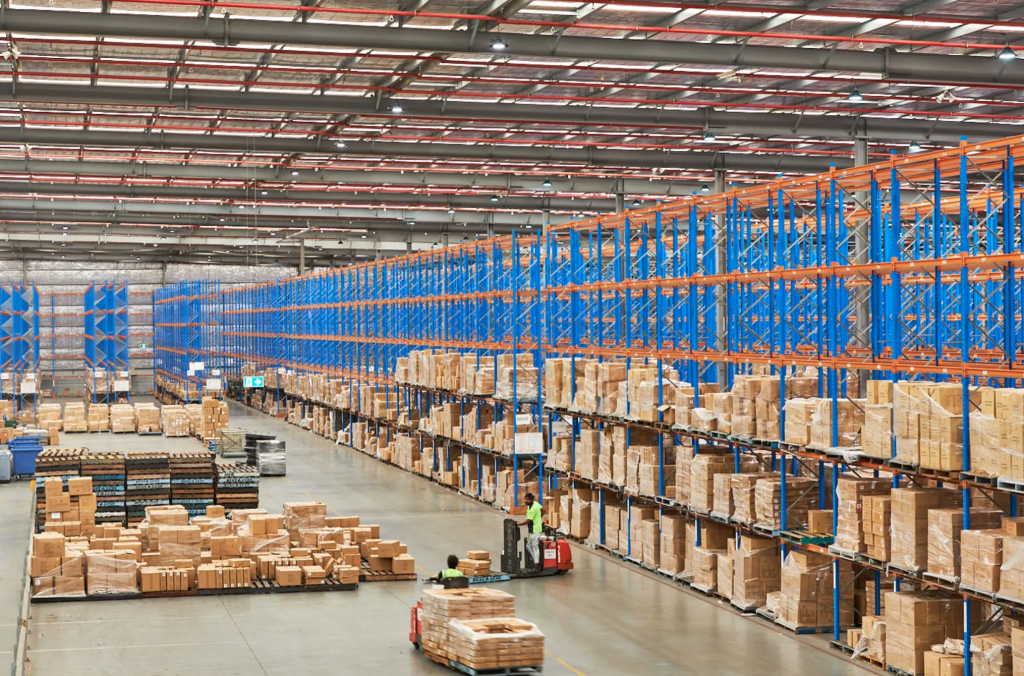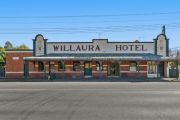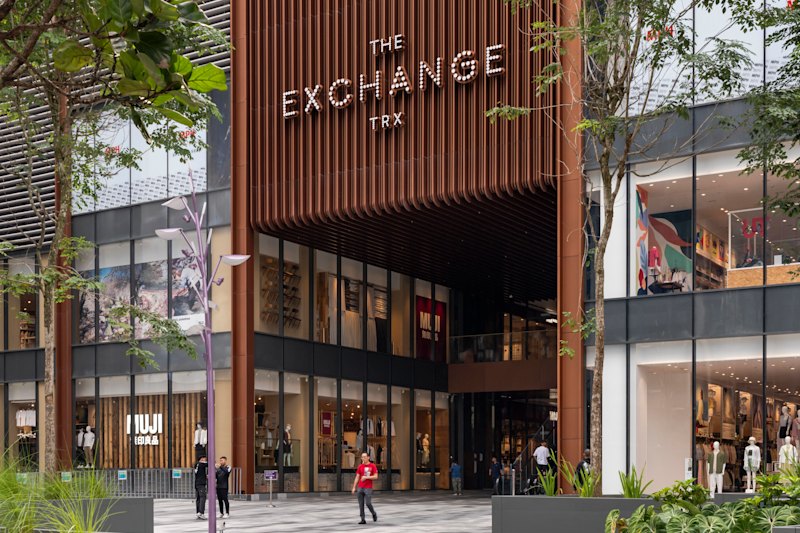
Lockdowns, border closures bad for business but good for industrial property
Lockdowns and border closures may be bad for business and individuals, but they are supercharging Australia’s industrial and logistics property sectors.
The pandemic’s disruption of business supply chains, the boom in e-commerce and rollout of “last mile logistics” to cater for online shopping is causing a corresponding frenzy of big-shed leasing, record growth in warehouse construction, rising prices and a shortage of available land to build on.
Large landlords, like $43.7 billion ASX-listed Goodman Group, are positioning themselves for the expected upswing.
Goodman, an industrial gorilla with a $9.6 billion development pipeline, has added to its extensive land holdings buying a huge 125 hectare site in Truganina, in Melbourne’s western industrial heartland.
The Goodman transaction in Troups Road is the second largest deal by hectare in the past decade in the west, said selling agent Cushman & Wakefield’s Pierre Ghougassian.
The last big land grab in the west was Dexus’ 2018 exchange of contracts for a 127 hectare parcel at 11-167 Palm Springs Road in Ravenhall.
With 88,000 square metres of developable land, the site will yield Goodman about 15 standard 30,000 sq m sheds, although many companies are now looking to build and fill much larger 100,000 sq m facilities.
Goodman’s Australian general manager Jason Little said it will target retail, e-commerce and third-party logistics customers wanting buildings with fast connections to roads, ports and airports.
The site, wedged between Riding Boundary Road and what will become the Outer Metropolitan Ring Road, is 36 minutes from Melbourne’s CBD, 29 minutes from Port Melbourne and about 25 minutes from Tullamarine Airport.
“Logistics and warehousing globally play a critical role in providing essential infrastructure for the growing digital economy, enabling efficient distribution to time-sensitive consumers,” he said.
Goodman did not reveal the price it had paid.
Take-up of industrial property is reaching historical highs. According to Knight Frank, industrial pre-leasing activity in the second quarter of this year jumped 141 per cent, mainly on Australia’s east coast, where the long-run average is 80 per cent above usual takeup volumes.
The number sheds sitting empty fell 23 per cent over the same quarter, the largest decline since 2010.
And a record 2.2 million sq m of new east coast facilities are being built to cater for turbocharged demand from investors and robust leasing interest.
Another $110 billion is expected to be invested in new sheds over the next decade, with more than $8.8 billion already sunk into construction this year, said Katy Dean, Knight Frank’s associate director of industrial research.
“The industrial sector is going from strength to strength and if the demand surge continues, not only will it maintain pressure on vacancies but if it outpaces supply, rents will naturally rise,” she said.
“[With] the return of lockdown conditions in Sydney, Brisbane and Melbourne recently, we can expect a further increase in distribution and storage demand, particularly as more businesses assess safety stock levels to accommodate these future shocks.”
Mr Ghougassian said a shortage of zoned industrial land available for development was putting pressure on prices.
“Land prices are going up and up because there is no supply in the market. I think it will continue for the foreseeable future,” he said.











